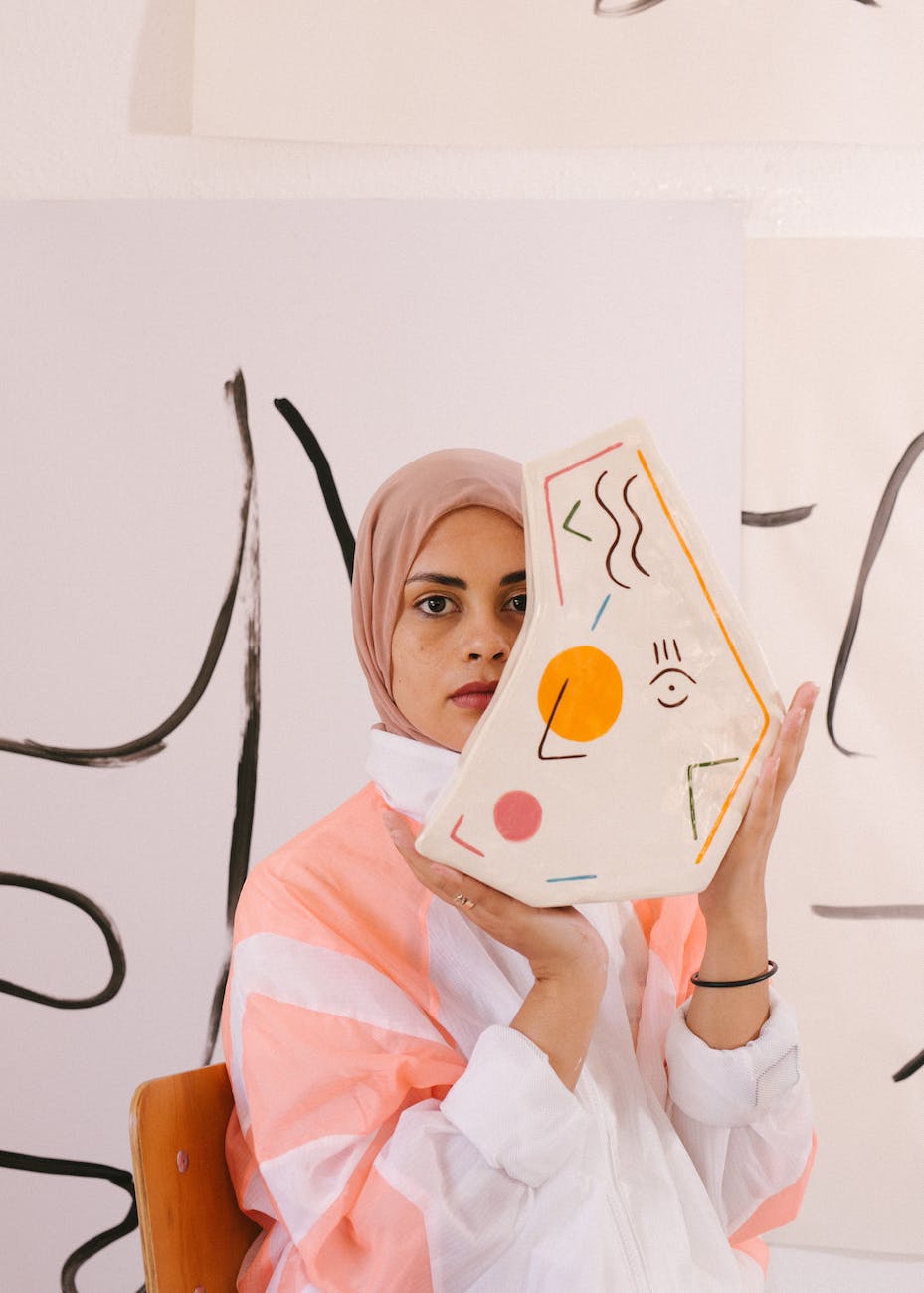Fusing Old and New: Pottery Meets Cutting-Edge Technology
While rooted in ancient craft, modern ceramics increasingly integrate digital processes like 3D modeling, augmented reality, and social media. Combining age-old methods with leading-edge tools expands artistic reach as technology becomes clay’s partner rather than adversary. The pairing respects proven wisdom while pushing boundaries.
Digital Modeling and Prototyping
Computer assisted design refines complex ceramic artworks and architectural features through manipulated 3D models before costly clay work. Digital visualization clarifies challenging structures and identifies weak points. Renderings guide fabrication once refined digitally. Technology aids visualization.
Enhancing Production Through Digital Tools
Many studios employ digital pottery wheels enabling exact speed control and measured consistency. Programmable glaze sprayers automate coating. Kiln computers regulate firings to precision recipes. Lasers etch personalized designs. While founded in handcraft, auxiliary digital tools support scalable production.
Pottery Documentation through Digital Photography
From studio process to finished gallery presentations, exemplary photography captures pottery creations digitally for promotion, documentation, and archiving. Controlled lighting, macro lenses, post-processing refinements, and spherical cameras convey detail and essence impossible manually. Digital proficiency helps show and sell.
Creating Hybrid Works and Spaces with Augmented Reality
QR codes on vessels link to related media experiences through AR when scanned. Some installations use projected imagery activated by motion sensors to animate rooms and reactive works. Mixed reality provides multidimensional engagement with objects through layered digital enhancement.
Connecting to Collectors Through Social Media
Instagram and TikTok showcase artists playfully through videotaped throwing challenges. Facebook fosters community. Etsy and online galleries provide expanded sales. Websites archive accomplishments. Used creatively, social platforms humanize makers and their craft beyond the local studio.
Utilizing Digital Tutorials for Ongoing Learning
YouTube tutorials let artists glean techniques from leading ceramicists remotely. Online mentorships receive customized video critiques. Free global knowledge sharing supports learner progression and problem solving without physical proximity. Digital learning resources make guidance abundantly accessible.
Adapting Technology for Artistic Commentary
Some conceptual works incorporate technologies like surveillance monitors and discarded electronics to provoke questions about their societal impacts through pottery. Digital fabrication merges with handcraft. Engaging thoughtfully with tech expands meaning.
Rather than rejecting modern tools, inclusive artists harness technology strategically to preserve heritage, increase access, inspire wonder, and progress boldly. Their embrace of both the latest innovations and ancient wisdom embodies adaptation as an enduring cultural tradition.
